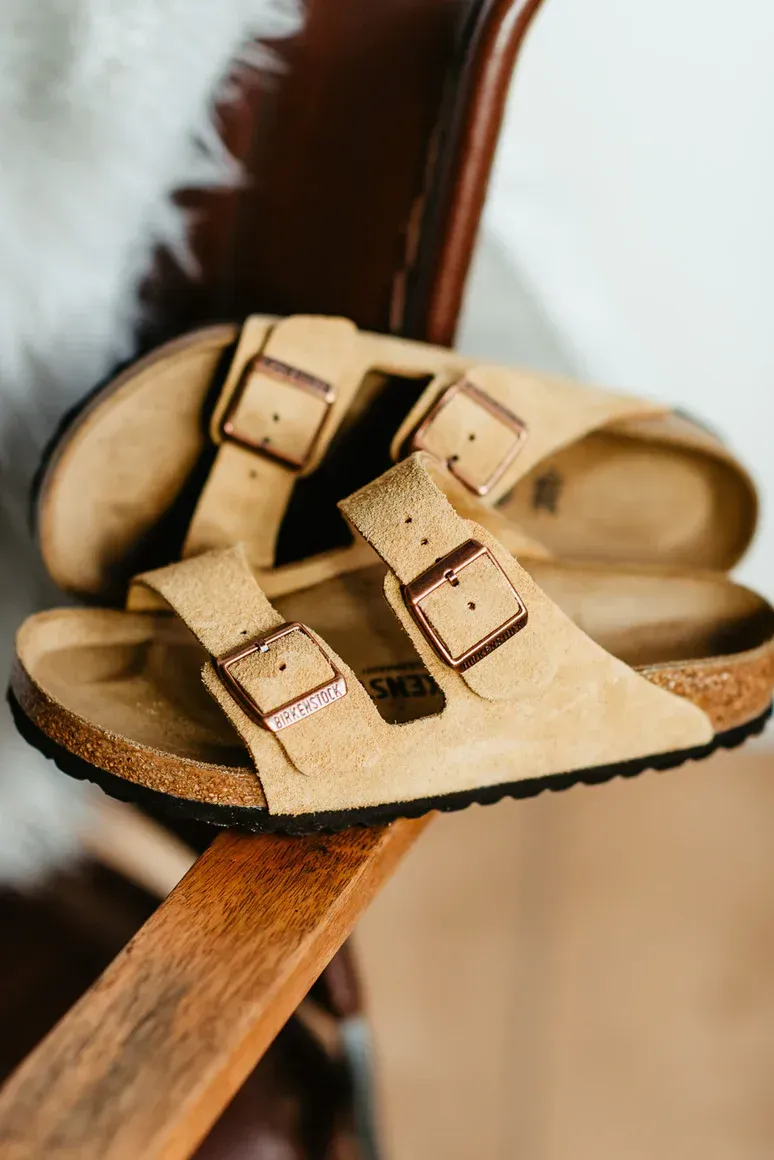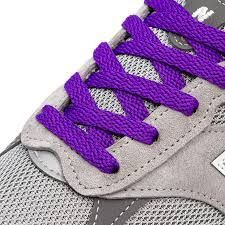Post Title
keeping your feet warm This winter

It is essential to grasp the significance of keeping our feet warm throughout the winter season. When temperatures drop, our bodies instinctively react by constricting blood vessels in the extremities to retain heat. This physiological response can result in diminished blood circulation, which not only affects the feet but can also lead to a decrease in overall body temperature. The consequences of having cold feet extend beyond mere discomfort; they can manifest as numbness and may even contribute to various foot-related health issues.
Cold feet are a common phenomenon that arises from the body's inherent thermoregulation mechanisms. When the ambient temperature drops, the body instinctively focuses on preserving warmth for its essential organs, which often results in cooler extremities, particularly the feet. By grasping this physiological response, we can make informed choices about the types of socks we wear, enabling us to effectively combat the discomfort of cold feet.
When it comes to keeping your feet cozy during the winter months, wool stands out as the premier choice for socks. This remarkable material boasts exceptional insulating qualities, allowing it to effectively draw moisture away from the skin, ensuring that your feet remain both dry and warm. The unique structure of wool fibers creates small air pockets that trap heat, offering an additional layer of protection against frigid temperatures. Even in wet conditions, wool maintains its insulating abilities, making it an excellent option for outdoor winter activities where your feet might encounter snow or slush.
In contrast, cotton falls short when it comes to winter wear due to its tendency to hold onto moisture. While cotton socks may feel soft and breathable, they lack the insulation that wool provides, which can lead to chilly and uncomfortable feet in cold weather. When cotton absorbs sweat, it can become damp, exacerbating the problem in lower temperatures.
On the other hand, synthetic materials like nylon and polyester offer a blend of durability and moisture-wicking properties. Thanks to innovative manufacturing techniques, these advanced thermal yarns can outperform traditional cotton socks, providing warmth that can be up to seven times greater, making them a worthy alternative for those seeking comfort and protection in winter conditions.
The main purpose of winter socks is to ensure warmth and maintain body heat during the cold months. When selecting winter socks, prioritize those made with a high percentage of wool or those featuring innovative insulation technologies designed to trap heat effectively and minimize heat loss. Wool is renowned for its natural insulating properties, providing exceptional thermal regulation that keeps your feet warm even in the most frigid conditions. Additionally, look for socks that incorporate extra padding or cushioning, as this can enhance comfort and insulation, making every step feel luxuriously soft and supportive.
Additionally, it's important for winter socks to have moisture-wicking features to ensure your feet remain dry and comfortable. When we engage in physical activities, our feet naturally produce sweat. If this moisture isn't properly absorbed and managed, it can result in cold, damp feet, which can be quite unpleasant and distracting during your winter adventures.
Lastly, choosing socks that incorporate antimicrobial properties is beneficial in fighting off odor-causing bacteria. This means that even after a long day of wear, your feet can stay feeling fresh and free from unpleasant smells. This added feature not only enhances comfort but also contributes to overall foot health, making your winter outings much more enjoyable.
Selecting the ideal socks is essential for ensuring your feet remain warm and comfortable throughout the chilly winter season. Embrace the cold months ahead by equipping yourself with high-quality socks designed specifically for winter conditions, ensuring that your feet stay cozy and protected against the elements.











